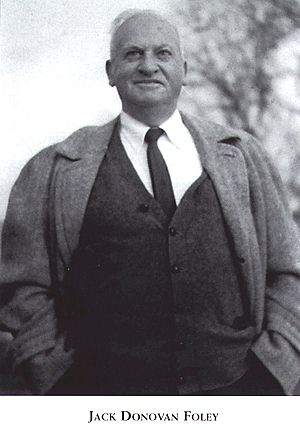Movies are magical in the way they give us such a multi-sensory experience and one of the most crucial aspects in movies that can make or break our experience is sound. Almost every sound that the audience hears at the movies that isn’t dialogue or music is a sound effect. From footsteps of the actors to gunshots and the screech of a speeding car, these sounds are either created by a Foley artist or added by a sound editor. The sound was either recorded or chosen from a vast library and could have been combined with other sounds and its pitch altered before it was used. Even subtle sounds such as the rustle of clothing or the background noise at a village fair is created by a Foley artist.
Many of the early sound pictures had dialogue and music but no feeling of the noise of movement. Soon editors started cutting together footstep sounds for actors, but would use the same tracks repeatedly. The pioneering idea of recording sounds in sync with the movement on screen- Foley sound- is credited to Jack Foley. It all began in 1928 when Universal was getting ready to release a big budget silent film version of the Broadway musical smash “Showboat”. However, since Warner Bros had just released Jazz Singer a year earlier and it was sweeping the box office, audiences were demanding sound. So, using a loaned portable Fox-Case sound on film Unit on sound stage 10, a 40 piece orchestra and singers recreated the music of Showboat. But sound engineers still had some trouble getting the sync right for sound effects that went along with visual cues. That’s when one Universal employee, Jack Foley came up with the idea of watching the film and recording live sound effects to go with the visual gestures.
 Jack Foley had a colourful career from being a semi-professional baseball player, to working in a hardware store, to acting and directing in a small town north of Los Angeles called Bishop. He got into the movie making business, first as a stuntman, then as a double and then worked his way up to assistant director. But it was his knack for sound where he really made his name. Films that followed ‘Showboat’ got the Jack Foley treatment with him and his team watching the film and performing all the sound effects at one time onto one track. The days of multitrack recording were still to arrive. Legend has it that Foley was so good that he could make the sound of three men walking together using only his two feet and a cane.
Jack Foley had a colourful career from being a semi-professional baseball player, to working in a hardware store, to acting and directing in a small town north of Los Angeles called Bishop. He got into the movie making business, first as a stuntman, then as a double and then worked his way up to assistant director. But it was his knack for sound where he really made his name. Films that followed ‘Showboat’ got the Jack Foley treatment with him and his team watching the film and performing all the sound effects at one time onto one track. The days of multitrack recording were still to arrive. Legend has it that Foley was so good that he could make the sound of three men walking together using only his two feet and a cane.
Though Jack Foley worked on Stage 10 at Universal Studios for 33 years, he never received an on-screen credit for his inventive, and sometimes cost-saving contributions. However, this art he single-handedly created in the early days of the “talkies” was eventually named after him and is an indispensable part for film, radio dramas, videos games and more. Though Jack Foley’s sound techniques at Universal was kept a secret, within a decade other studios began implementing systems for post sound effects, often hiring individuals that worked under Foley himself. Foley’s technique was groundbreaking and incredibly influential.
How is Foley sound done? Why bother with it?
Foley sound is incredibly important because by adding sounds in post-production, the sound designer has complete control over the timing, quality, and relative volume of the sound effects. Foley is usually performed by Foley artists standing on a Foley stage (an area with a variety of possible surfaces and props) in a Foley studio (a specialized sound studio), though any post production sound studio will do with a little modification. They watch a screen showing the footage they are to add sound fx to, and they perform their sound effects while watching this screen to ensure that their timing is correct. Actions can include walking, running, jostling each other, rubbing their clothing, handling props, and breaking objects, all while closely observing the screen to ensure their sound fx are appropriate to the vision.
Increasingly, many simple Foley sound fx are done without Foley artists since these sound effects are stored electronically and performed by the post production sound engineer on a keyboard while watching the visual. The trick with good Foley sound is that if done badly, it sounds bland and repetitive. Without Foley, a film’s atmosphere doesn’t come alive. The actors speak in almost a vacuum since the goal of the sound recordist while actors are performing is to not pick up any background noise. Foley plays an especially big role in action films and comedy scenes.
As for Jack Foley, it was only in 1962 when Lucille Ball and Desi Arnaz built a stage at Desilu TV studios specifically for direct-to-picture recording and called it the Foley Stage that the technique and its inventor became inseparable. Jack Foley died in 1967 and although he never cut a single frame of sound, the Motion Picture Sound Editors awarded him a Lifetime achievement award posthumously in 1997.

